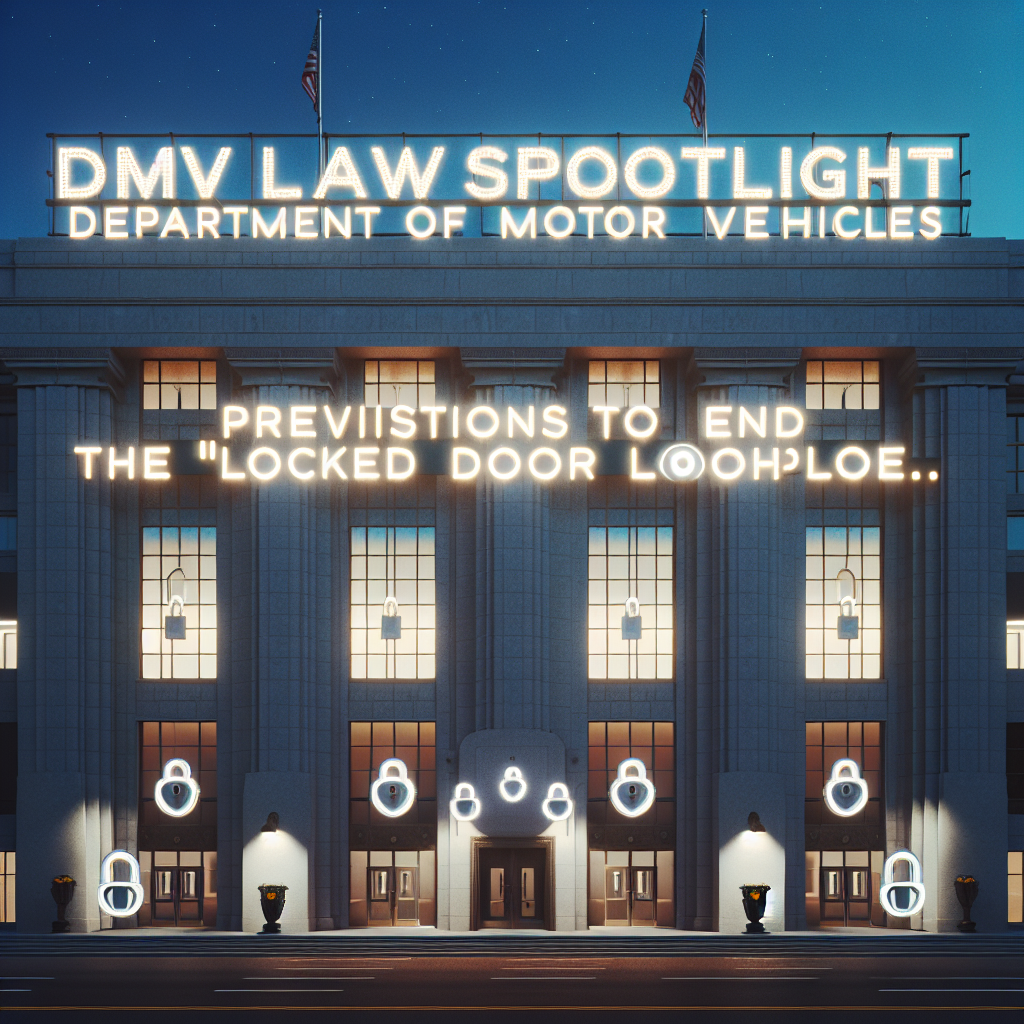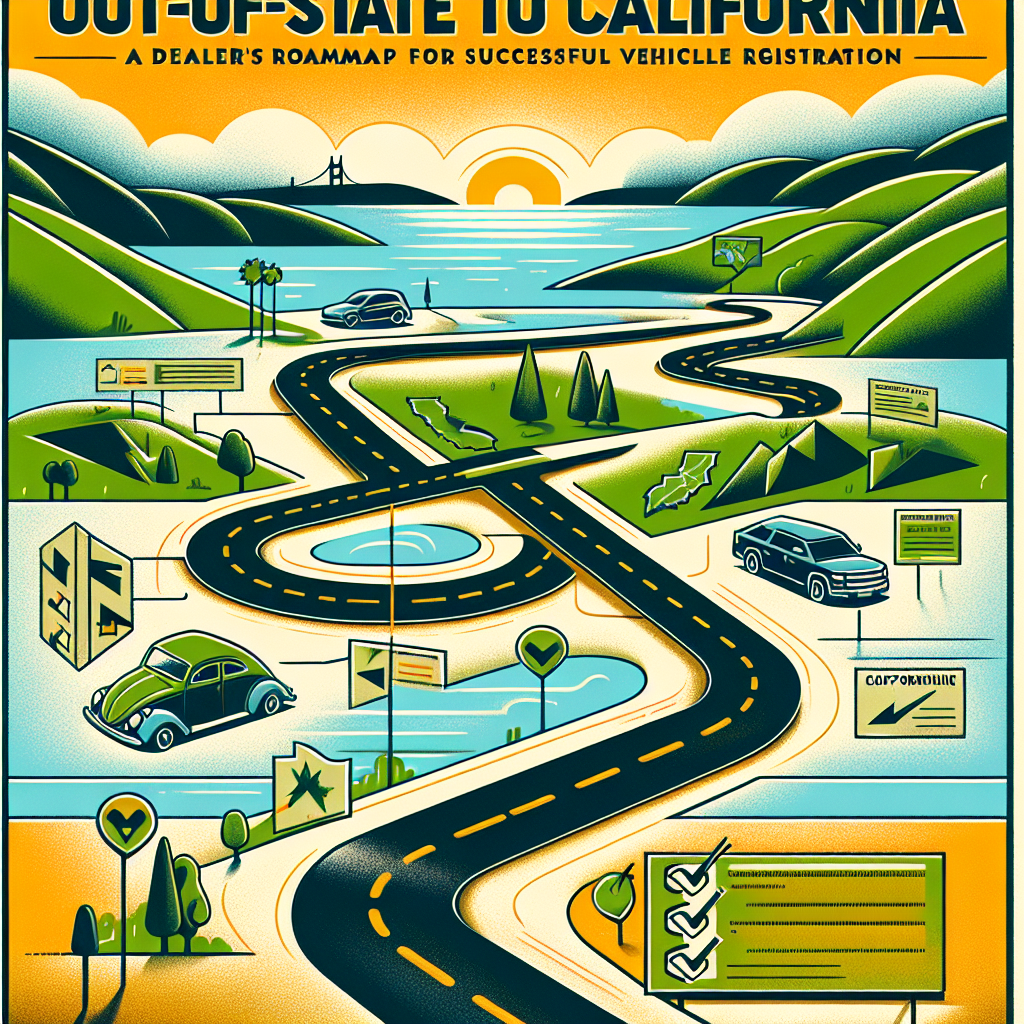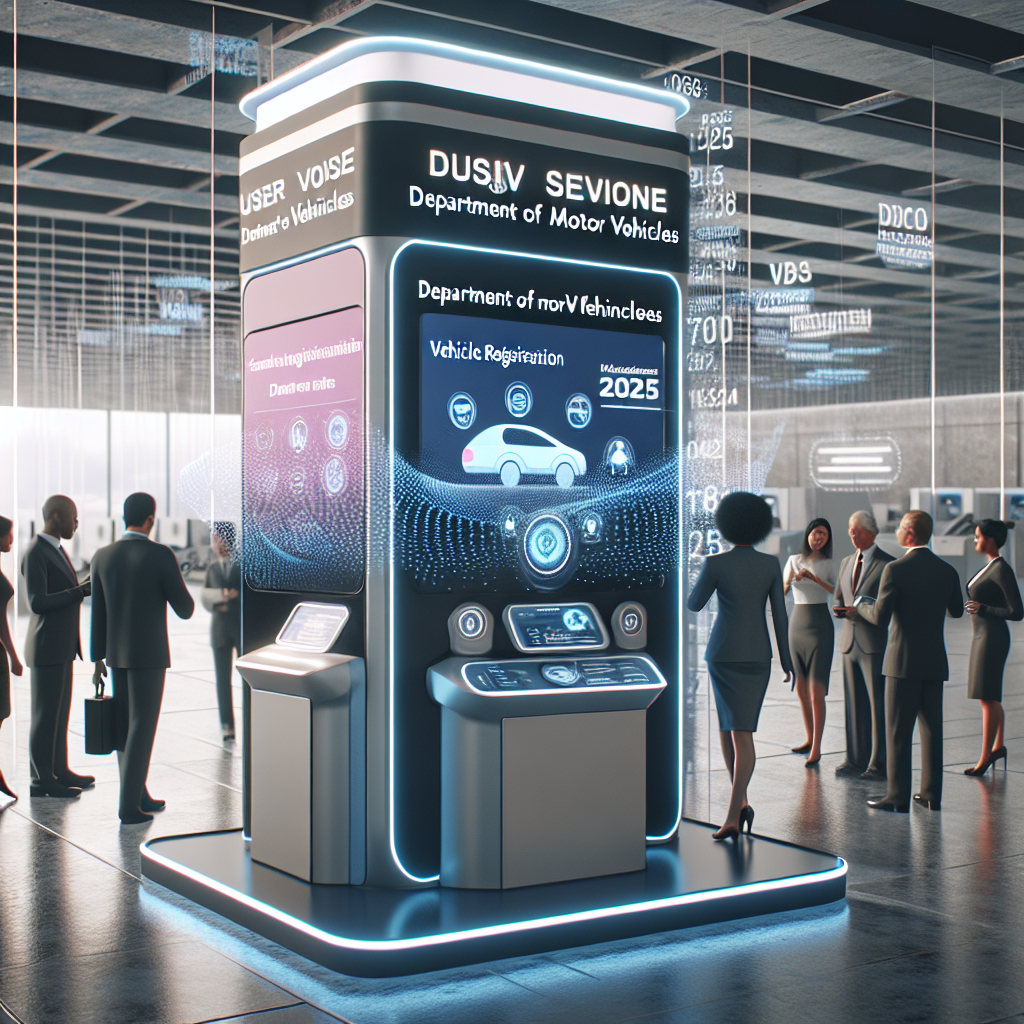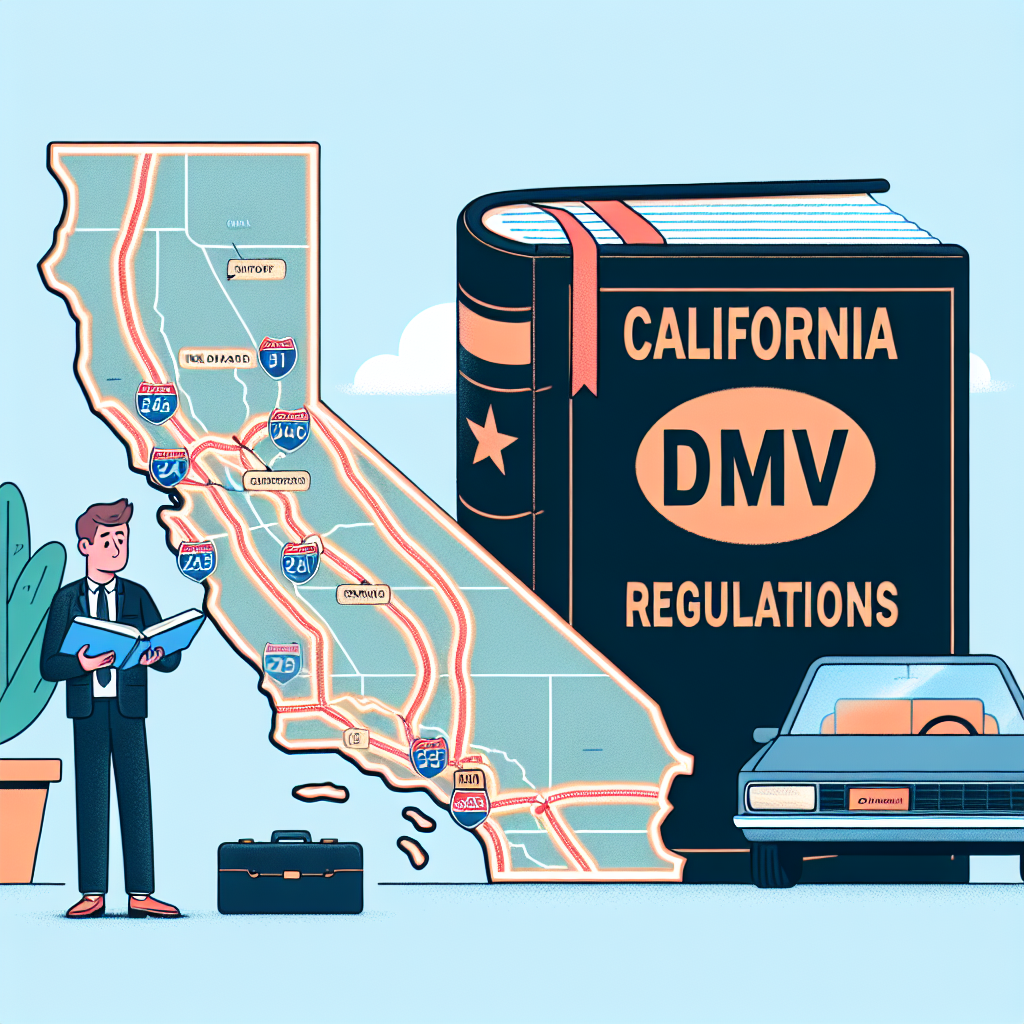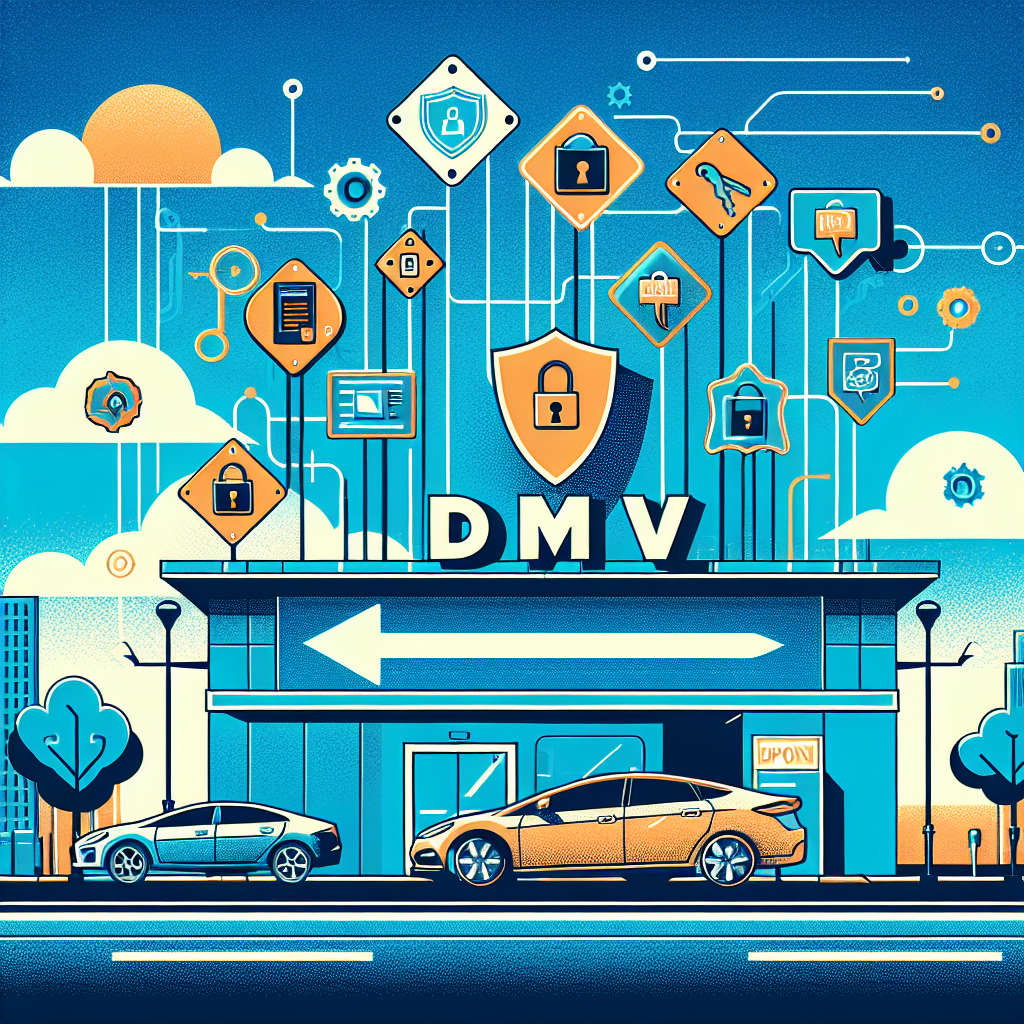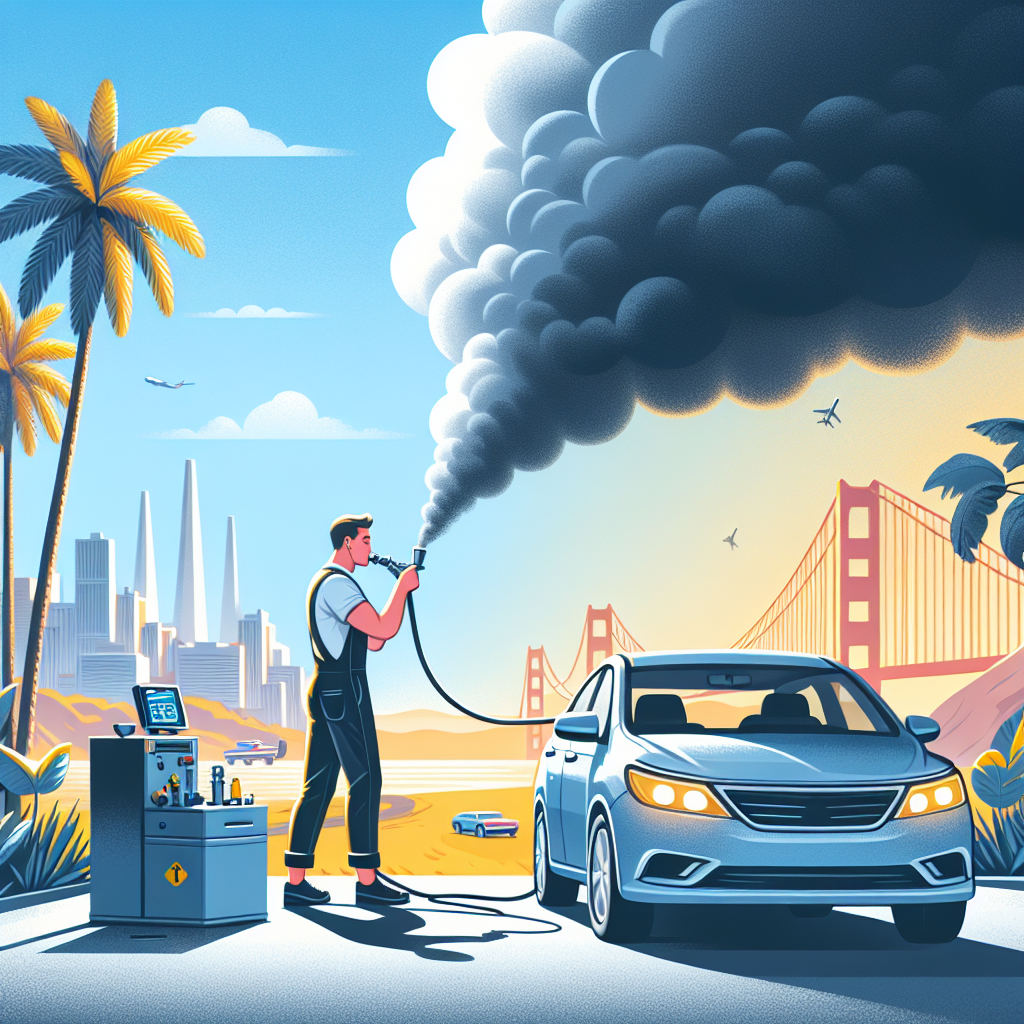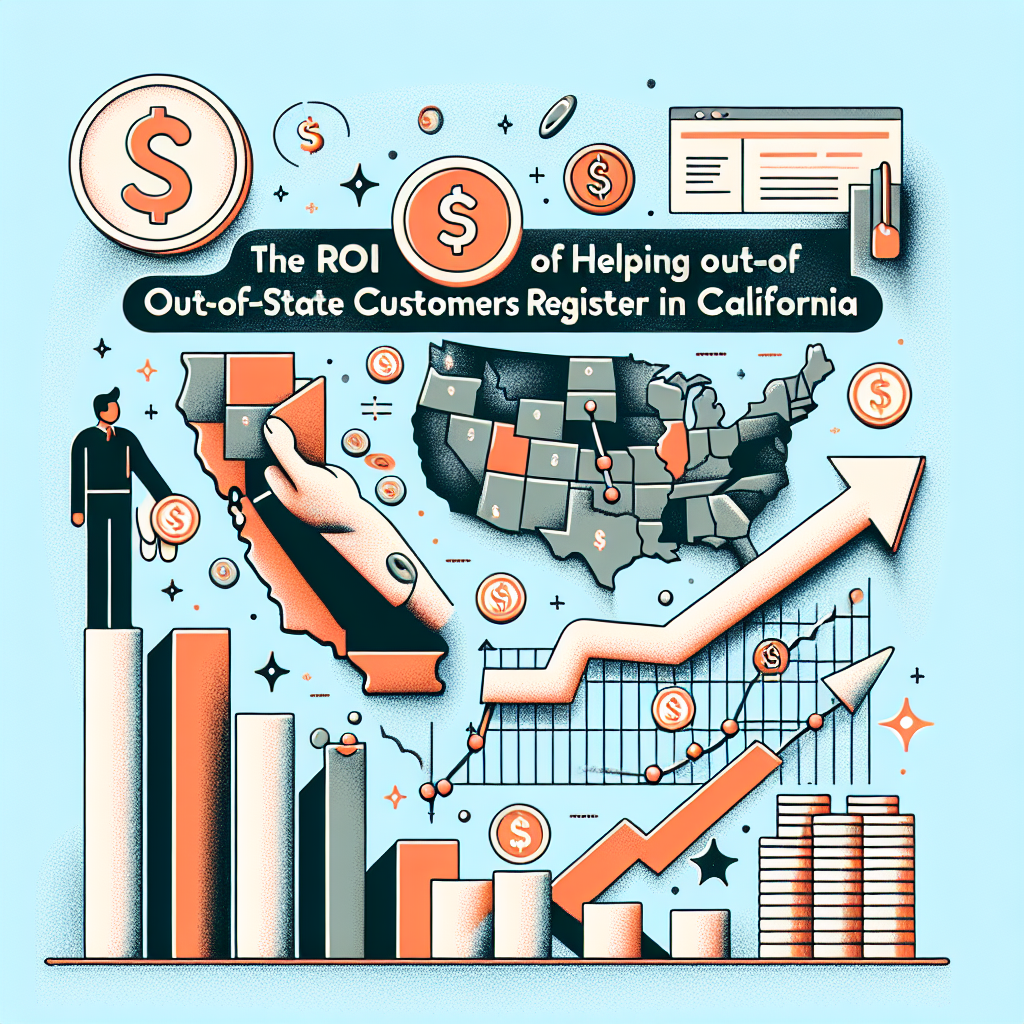Top Tools and Software for Out-of-State Dealers Handling CA Registrations
Introduction
Dealing with California vehicle registrations can be confusing for out-of-state car dealers. California has a ton of DMV rules, so keeping up with the paperwork can feel like trying to finish a puzzle with pieces that don’t fit. That’s why using the right tools and software is super important to make the registration process easier. In this blog, we’ll look at the best tools and software that can help out-of-state dealers handle California vehicle registrations as smoothly as a drive down the Pacific Coast Highway.
Understanding California Registration Requirements
California has its own set of rules for vehicle registration, and there are a lot of them—like grains of sand on the beach! Out-of-state car dealers need to know these rules to avoid slowdowns. Every car sold needs a bunch of paperwork, special compliance forms, and sometimes extra things like smog checks and VIN inspections. For folks not used to California’s standards, this can be tough. Learning about these requirements helps make sure everything goes well with the CA DMV.
Essential Tools for Managing CA Registrations
1. Registration Management Software
- AutoRaptor: This software helps dealers manage customer info and handle registrations easily, like having a helper who never takes a break.
- Dealertrack: Many dealers like Dealertrack because it connects smoothly with DMV systems, letting you process registrations as easily as making a grocery list.
- Vitu: Vitu handles electronic vehicle registration (eVR), helping dealers do registration tasks online, turning a paper pile into a simple digital task.
2. Document Management Systems
- DocuSign: With DocuSign, signing paperwork is easy-peasy. Getting digital signatures on registration documents is as fast as a skater cruising down the boardwalk.
- Adobe Acrobat: Adobe Acrobat is great for creating, editing, and sharing PDF documents securely. It’s like a Swiss Army knife for keeping things in order.
3. Communication and Customer Relationship Tools
- Zoho CRM: Keeping track of customer interactions and ensuring good communication is important. Zoho CRM acts like a digital address book, showing dealers where each registration stands.
- Slack: Timely communication within the team is very important, just like the DMV paperwork. Slack lets team members talk about registration steps in real time and maybe even share some funny GIFs to keep things light.
Software for Compliance and Legal Guidance
1. LegalCompliancePro
Understanding registration laws can be like solving a treasure map without knowing where to start. LegalCompliancePro helps dealers stay up-to-date with changing registration laws. It’s like having a guide that gives alerts on important legal changes for California.
2. QuickBooks or Xero
Keeping track of registration fees and expenses is important for financial accuracy. QuickBooks and Xero help manage finances and can work well with other dealership systems, making them super useful tools.
Real-Time Assistance and Support Tools
1. DMVDesk Support
If you’re unsure, DMVDesk support is like having a DMV expert ready to help. They offer real-time support and help guide you through registration procedures.
2. Online Chat Support Systems
Systems like Intercom let support teams help customers right away during the registration process. This quick support helps solve unexpected problems fast.
Tips for Choosing the Right Tools and Software
Here are a few things to think about when picking tools and software:
- Ease of Use: Can your team use it without calling tech support all the time?
- Compatibility: Does it work well with your current systems?
- Cost: Does it offer good value, or is it expensive?
- Scalability: Will it grow well with your dealership as you face new challenges?
Remember, a vendor with good customer service and support can make a big difference, like having a reliable mechanic.
Conclusion
To sum it up, investing in the right tools and software is key for managing California registrations well. These tools cut down the hassles of DMV processes and help improve customer experience, which is always a win. So, try out these tools—many offer trial versions—and find the best fit for your dealership needs.
Additional Resources
For more info about handling CA registrations, check out the California DMV’s official website for official details and resources. Also, Tags Clinic offers partnerships to help out-of-state dealers make this process easier. Be sure to explore these options for your dealership!
If you’re an out-of-state dealer looking to simplify vehicle registrations in California, visit Tags Clinic, give us a call, or book an appointment online. We’re here to help make your registration journey a smooth ride!
Call to Action
Looking to simplify your vehicle registrations in California? Consider visiting us at Tags Clinic located at 3845 University Ave, San Diego, CA. We’re committed to making your registration process smooth and hassle-free. Feel free to call us at 619-777-9046. For more information, you can also visit our official site here. We look forward to assisting you with the necessary guidance and support!

